Understanding the Impact of ASHRAE 90.1 on Rooftop Units
Specifying the minimum energy-efficient requirements for the design and construction of new buildings and their systems, the American Society of Heating, Refrigerating and Air-Conditioning Engineers (ASHRAE) Standard 90.1 has been the benchmark for commercial building design since 1975.
Although state and local jurisdictions are free to adopt Standard 90.1 as they see fit, nearly every U.S. state has adopted some level of the recommendations. Having seen the potential energy-saving benefits of Standard 90.1, the U.S. Department of Energy (DOE) further mandated that each state update its commercial building codes to meet or exceed Standard 90.1. It likewise maintains a database showing the minimum adoption level required by state. Indeed, even the International Code Council (ICC) references ANSI/ASHRAE/IESNA Standard 90.1 as an option for compliance (ICC 2014) in the International Energy Conservation Code (IECC). The importance of Standard 90.1 on rooftop unit design, therefore, cannot be overstated.
Practical Implications for RTUs
In a rooftop unit, Section 6.8 of Standard 90.1 provides specific guidelines related to the minimum efficiency requirements of electrically operated unitary air conditioners and condensing units. To meet these guidelines, a variety of efficiency-enhancing innovations have been introduced. For example, Johnson Controls Series 100 rooftop units utilize hot gas reheat (HGRH) to help meet both comfort and efficiency requirements by dehumidifying the air. Similarly, the multi-stage compressors found in Johnson Controls Pro and Series 20 Ultra-high Efficiency (UHE) Commercial Rooftop Units can match the requirements of individual spaces more closely and reduce the overall compressor power draw. And optional variable-air volume (VAV) control logic uses a variable-frequency drive and pressure transducer to maintain constant static pressure in the supply duct to meet or exceed ASHRAE 90.1-2019 and 2018 IECC requirements. Other technologies, including IntelliSpeed™ discrete fan control (DFC) and ECM condenser fan motors, further improve comfort cooling performance while offering class-leading standard efficiency levels.
Exceeding the Standard
In order to make the most of the available, efficiency-enhancing technologies and respond to the performance challenges set by recommendations like those found in Standard 90.1, Johnson Controls has relaunched our high-performance rooftop product portfolio. This innovative rooftop product line includes class-leading, standard-efficiency levels and units that even exceed aggressive DOE 2023 standards. Available in 3- to 150-ton capacities, rooftop units from Johnson Controls also include features designed to minimize installation and operating costs, including standard Smart Equipment controls. Each roof-mounted package unit combines an exceptional combination of efficiency, performance and comfort.
With designs optimized for innovative technologies, like HGRH, variable-speed compressors and VAV control logic, today’s rooftop units from Johnson Controls aren’t built simply to meet goals like those set in Standard 90.1, they’re build to exceed them. To learn more about Johnson Controls rooftop units and our class-leading RTU innovations, download your free copy of the complete Variable-Air Volume (VAV) Application Guide for Rooftop Units.





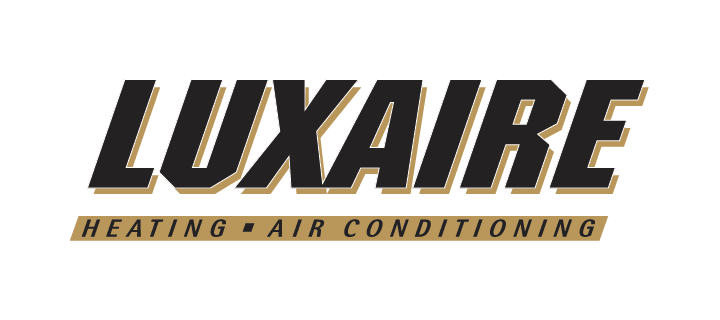






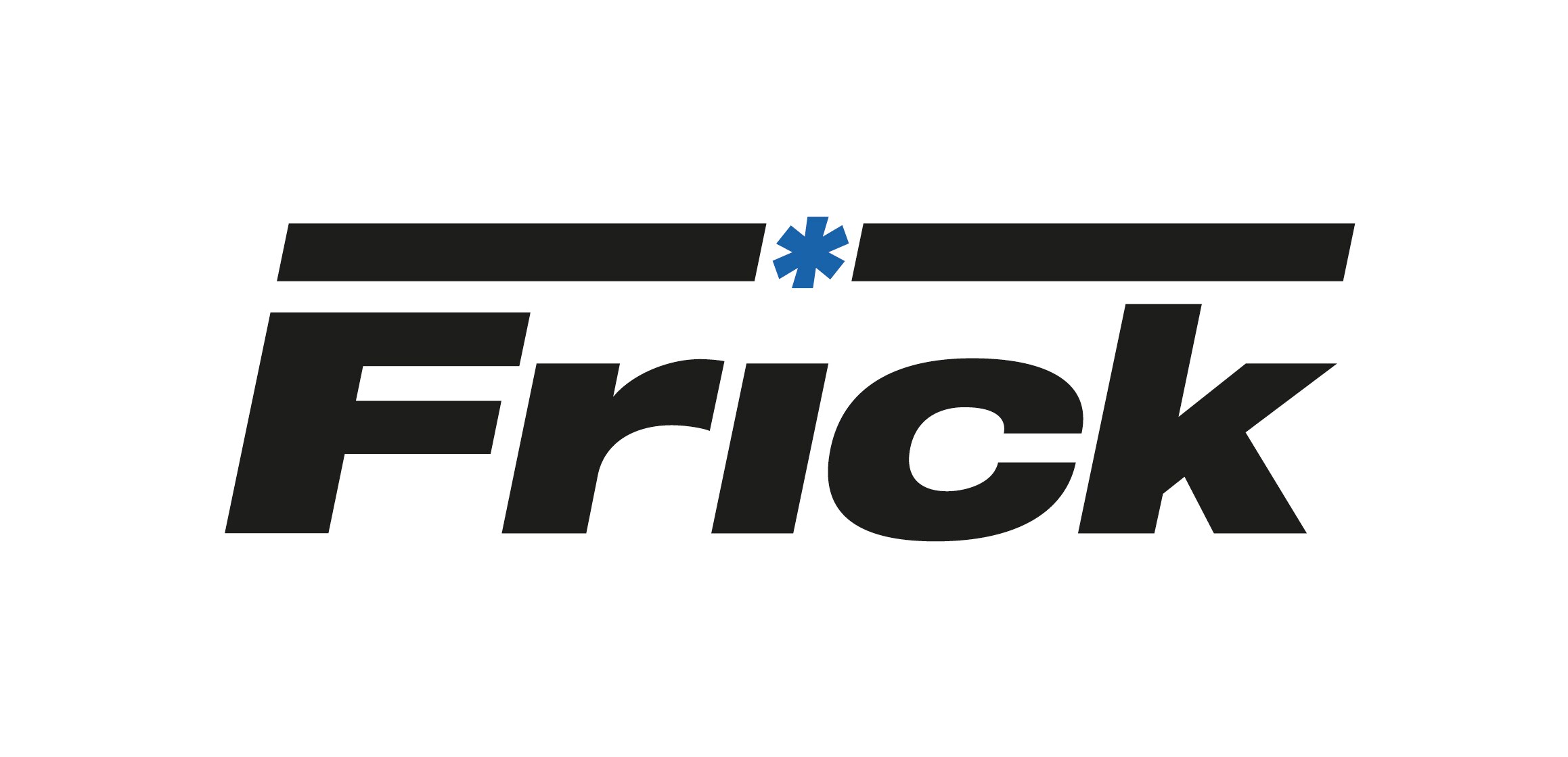













.jpg?la=en&h=320&w=720&hash=244C75B74F0F77521D56164450973BCD)
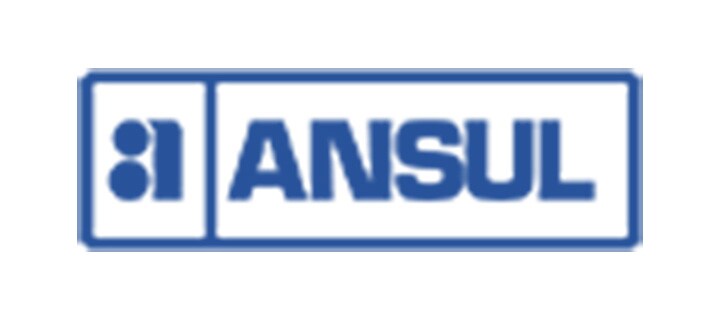
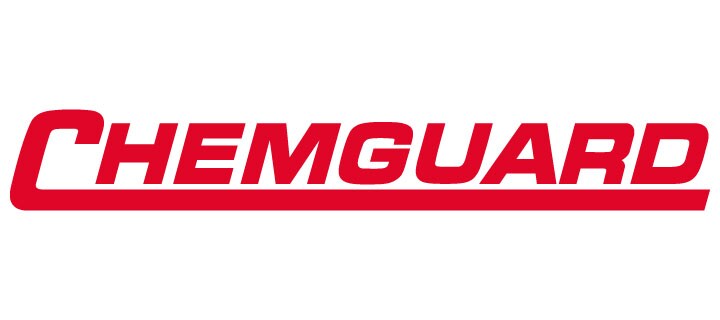
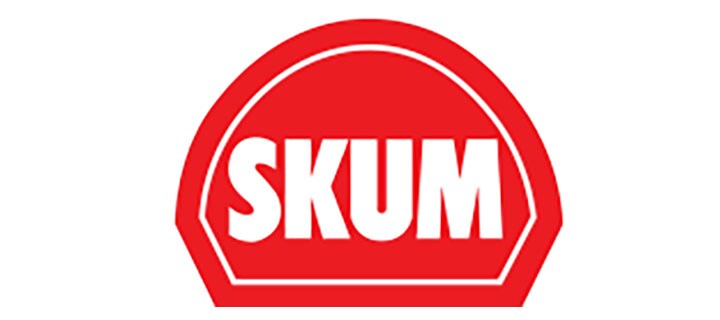


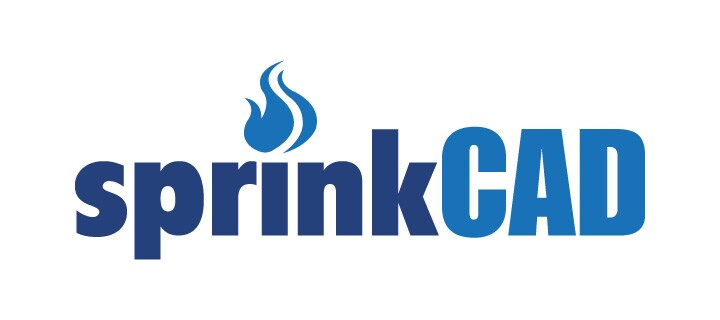
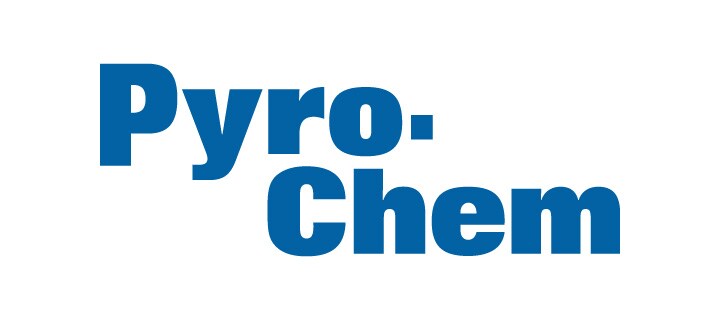





















.png)









